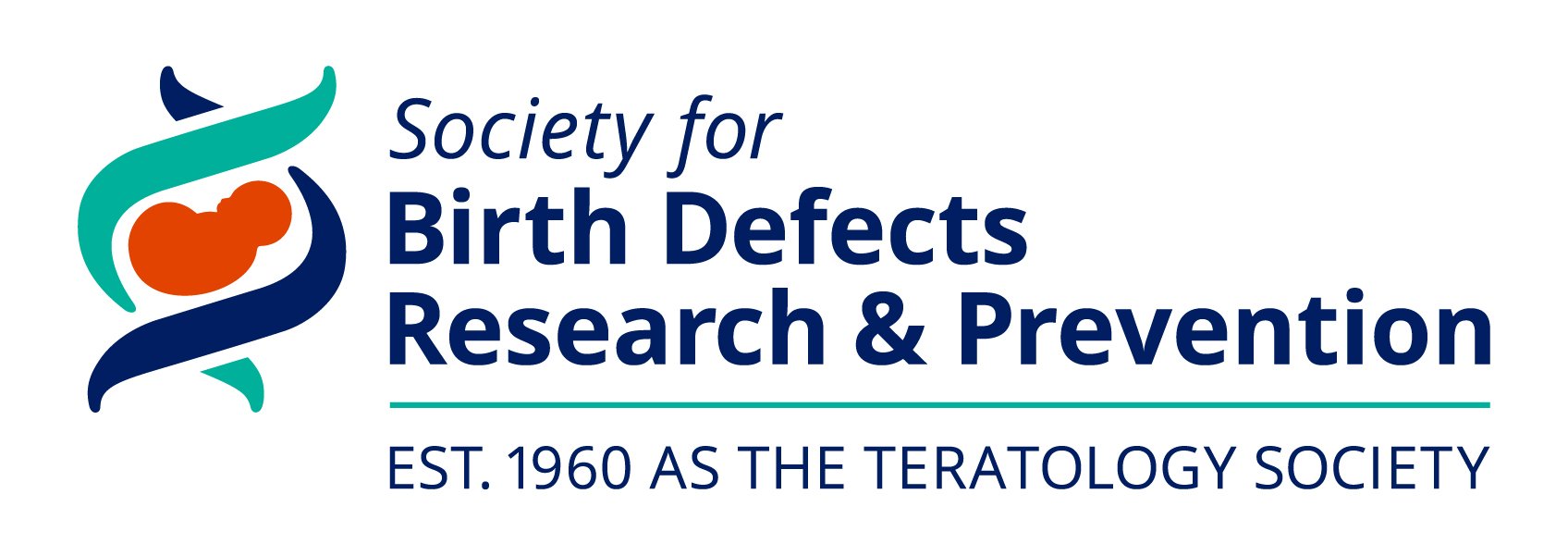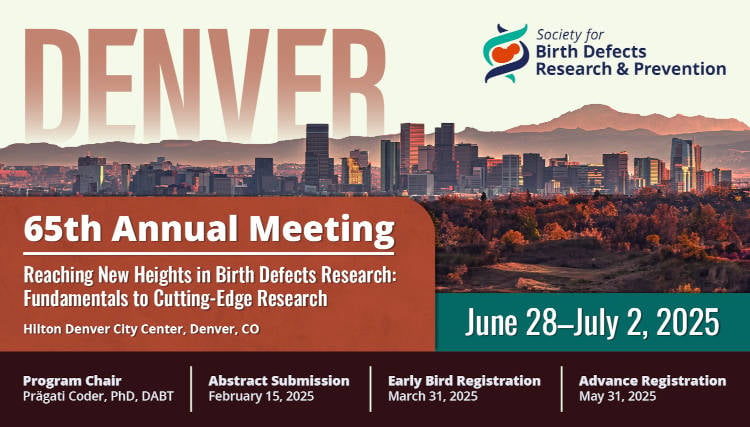Guest Editors:
Marilyn H. Silva, PhD, DABT
Retired. Currently: Co-Chair of the Community Stakeholders' Advisory Committee with the Environmental Health Sciences Center, University of California, Davis
Madeline Vera-Colón, MS
University of California, Irvine
Environmental justice (EJ) focuses on the ways in which environmental hazards disproportionately affect those in low-income and Black, Indigenous and People of Color (BIPOC) communities. EJ and Community Engagement promote solutions to mitigate risks to toxic environmental chemicals and psychosocial stressors that present increased health risks during pregnancy and early childhood. Such risks are often due to language barriers and socioeconomic disadvantages, founded in structural racism, leading to health disparities. Low birthweights, preterm births, developmental delays, maternal morbidity, and other adverse health effects are among the outcomes from unequal health care. Health disparities are especially prevalent during pandemics, such as occurred with COVID19, and/or resulting from exposure to toxic air, water, and environmental conditions, from wildfires, flooding, or other natural disasters. In addition to pregnancy and developmental health risks from widely publicized environmental disasters, there are also the psychosocial stressors contributing to environmental injustices, such as racist zoning (e.g., “red-lining” or “reservations” for First Nation Persons), and residential locations for low-income persons that are only affordable in areas ensuring potentially excessive risks from air pollution, noise pollution, impure water, and exposures to pesticides (e.g., near industrial facilities, highways, ports, and farms). These impacts, and others (i.e., effects of historical and continuing racialized disparities in economic, social, and political systems) comprise the focal concerns of EJ. Lack of EJ also means inequities exist in public health policy decision-making that directly impacts societal attitudes affecting availability of health resources for pregnant women and their babies.
This special issue focuses on research and policy necessary to effectively promote EJ support and community-based partnerships to raise awareness and mitigate health disparities for disadvantaged women of childbearing age, during and after pregnancy and their children. EJ and community engagement as they relate to health inequality encompass many fields of study, including social science, epidemiology, numerous aspects of basic and clinical research, as well as computational (artificial intelligence) modeling. Some of these previously compartmentalized areas of research can and do have a great deal of overlap among communities, EJ organizations, academics and medicine as shown by the research presented in this special issue. This is because, in essence, community engagement is a collaborative process, modeled as Community Based Participatory Research (CBPR) that recognizes the expertise and authority of those impacted by adverse environmental exposures while supporting health-protective policy. CBPR is responsive to community-defined research priorities while also relying on the cooperation and support of academic institutions, and EJ advocates. Earning the trust of a community through equitable partnership enables EJ organizations and researchers to take on robust data collection efforts that can move forward to effectively respond to immediate needs in support of healthy pregnancies, births, and child development. However, this special issue also addresses areas where EJ and research on health disparities are lacking both nationally and internationally including the need to understand the impact of contaminants in diet on pregnancy and child development, the positive effects of folic acid supplements during pregnancy, the continuing harm of lead exposure during development and physical trauma engendered by cultural norms affecting women’s reproductive health.
We include articles providing a background on EJ and examples of community engagement, to increase awareness of the critical issues involved in health disparities. Our virtual issue is ongoing, and we encourage researchers to contribute, to the collection so far gathered addressing
- “Pandemic stressors and vaccine hesitancy among young, pregnant Black people: A qualitative study of health disparities during a global pandemic”
- “Is gastroschisis associated with county-level socioenvironmental quality during pregnancy?”
- “Prevalence of congenital anomalies according to maternal race and ethnicity, Texas, 1999-2018”
- “Climate and environmental changes exacerbate health disparities in pregnant people and their offspring. How can we protect women and their babies?”
- The potential use of new approach methods to facilitate screening environmental contaminants in relation to community health priorities is also presented.
- The potential use of new approach methods to facilitate screening environmental contaminants in relation to community health priorities is also presented.





